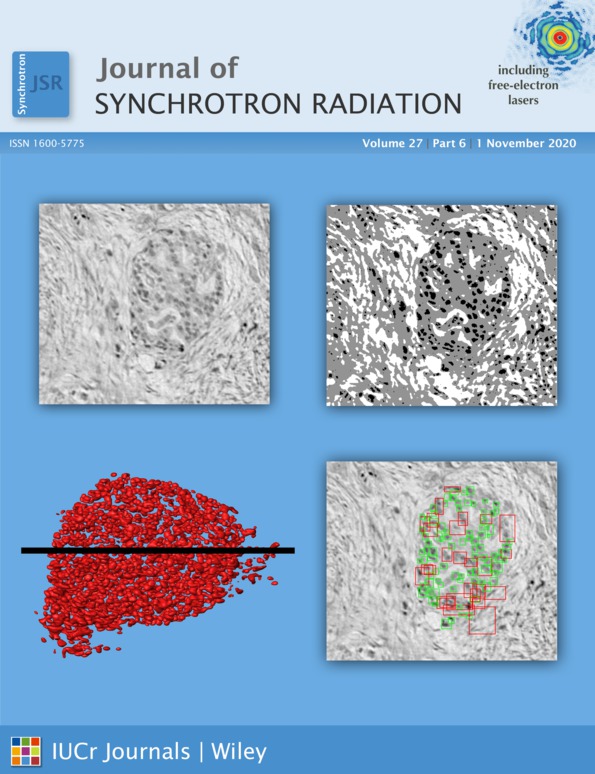Nanoparticle dose enhancement of synchrotron radiation in PRESAGE dosimeters
Abstract
The physical absorbed dose enhancement by the inclusion of gold and bismuth nanoparticles fabricated into water-equivalent PRESAGE dosimeters was investigated. Nanoparticle-loaded water-equivalent PRESAGE dosimeters were irradiated with superficial, synchrotron and megavoltage X-ray beams. The change in optical density of the dosimeters was measured using UV–Vis spectrophotometry pre- and post-irradiation using a wavelength of 630 nm. Dose enhancement was measured for 5 nm and 50 nm monodispersed gold nanoparticles, 5–50 nm polydispersed bismuth nanoparticles, and 80 nm monodispersed bismuth nanoparticles at concentrations from 0.25 mM to 2 mM. The dose enhancement was highest for the 95.3 keV mean energy synchrotron beam (16–32%) followed by the 150 kVp superficial beam (12–21%) then the 6 MV beam (2–5%). The bismuth nanoparticle-loaded dosimeters produced a larger dose enhancement than the gold nanoparticle-loaded dosimeters in the synchrotron beam for the same concentration. For the superficial and megavoltage beams the dose enhancement was similar for both species of nanoparticles. The dose enhancement increased with nanoparticle concentration in the dosimeters; however, there was no observed nanoparticle size dependence on the dose enhancement.




